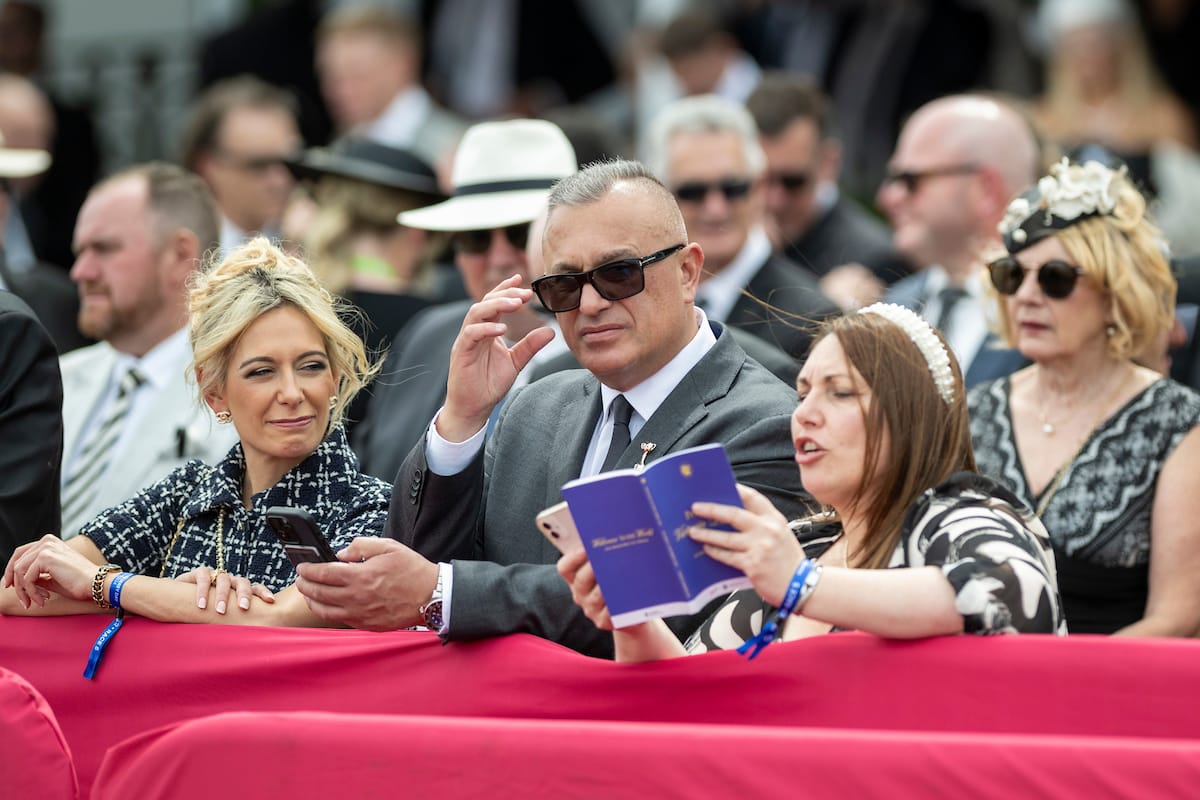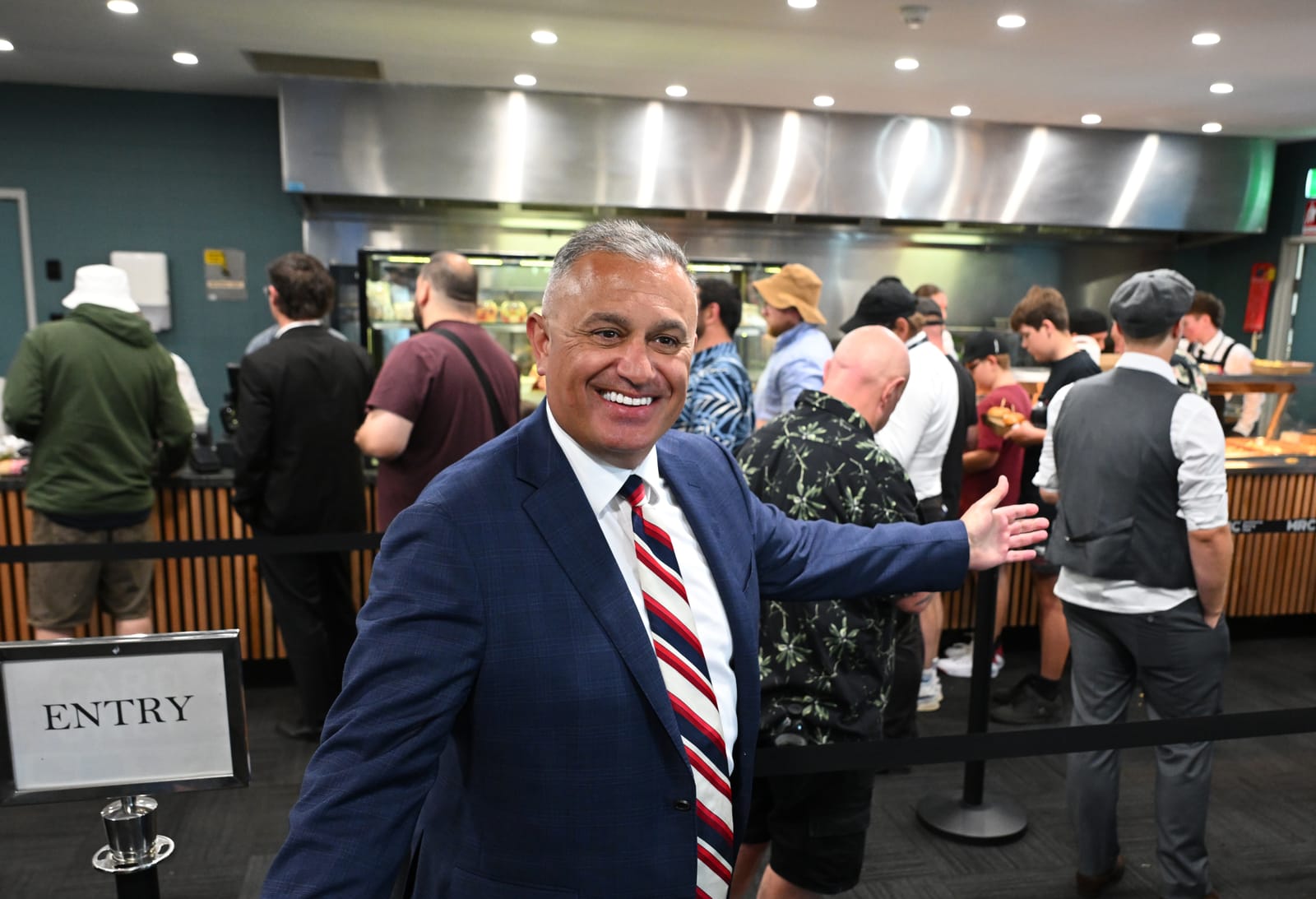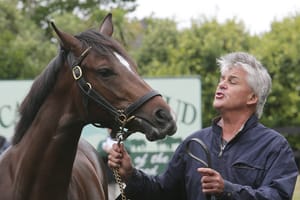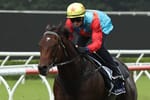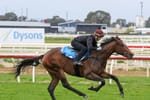A $6 million impairment from the abandoned Caulfield Master Plan has driven a near $15 million after-tax loss for the Melbourne Racing Club, despite a record year of revenue.
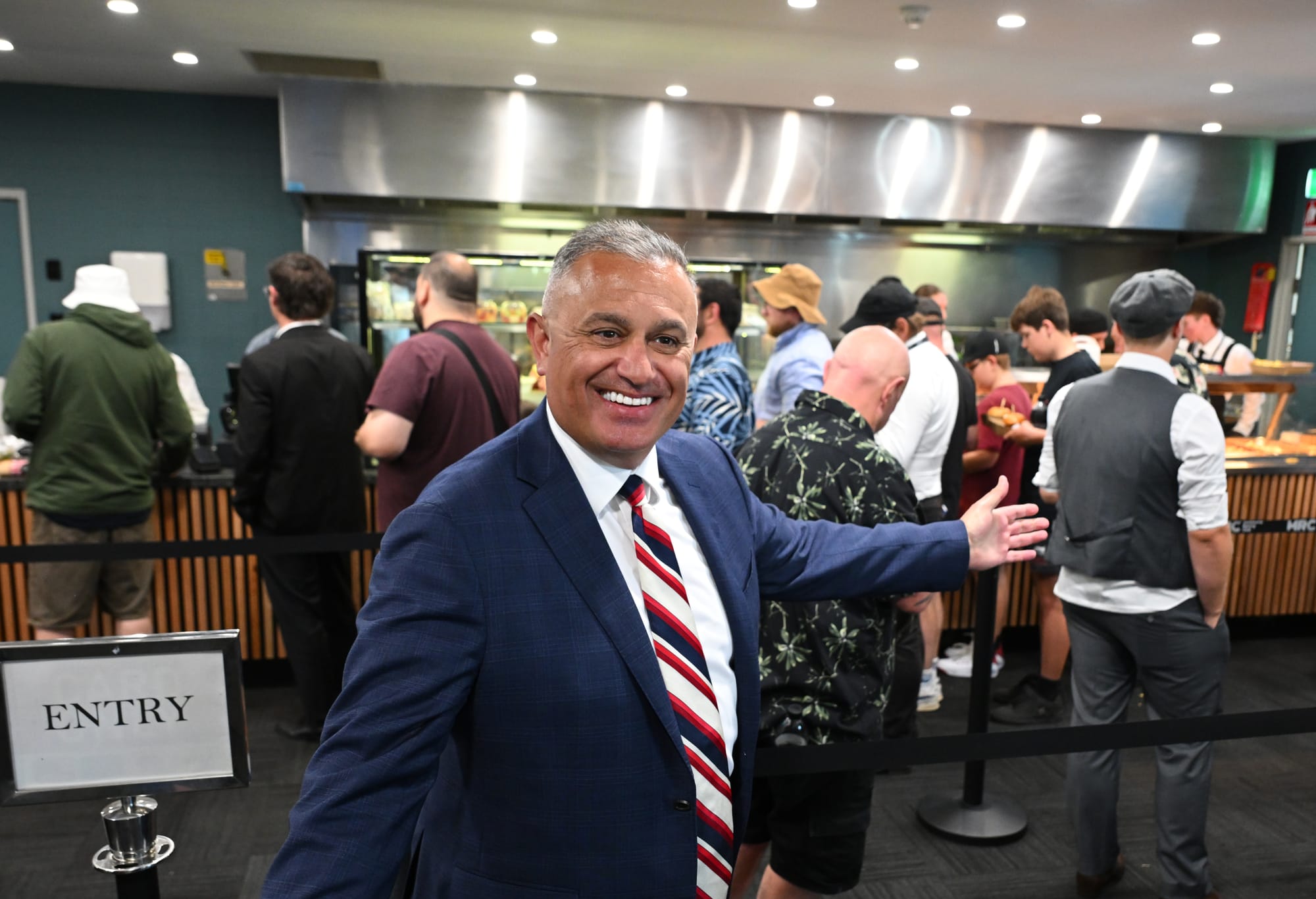
The club’s annual report, released ahead of the annual general meeting on Thursday, showed positive numbers for key aspects, including membership numbers, which reached 15,700, and overall revenue, which increased to $269 million for the 2024/25 financial year.
But the overall topline number was a $14.7 million deficit, compared to a $8.8 million deficit last financial year.
It was a significant year of transition for the MRC under the new chairmanship of John Kanga. He led a massive strategic change, which saw the club abandon its plans to redevelop Caulfield and sell Sandown, opt to relocate the Caulfield mounting yard and agree to sell off land to reduce the club’s debt.
There was also the drama of the grandstand fire in January and the sudden departure of chief executive Tom Reilly, which prompted the resignation of committee member Barbara Saunders over what she said were governance concerns.
The grandstand fire led to an asset impairment of $654,000, but a $4 million insurance claim recovery.
The decision to step away from the Master Plan saw a reported write-down of $6.3 million.
Gaming revenue still drives more revenue than any other aspect of the MRC’s business with $118 million banked, nearly $7 million more than last financial year. However, the cost of running the gaming business rose by a similar amount.
Kanga described the 2024/25 financial year as one of “new focus, bold decisions and forward momentum”.
“FY25, marked a year of strategic realignment and operational resilience. With a sharpened focus, a growing membership, and an energised team, the Melbourne Racing Club enters FY26 stronger, bolder, and ready to seize new opportunities,” Kanga said in the report.
Tanya Fullarton, who is acting as chief executive after Reilly’s departure in June, also painted a positive picture of the club’s current state.
“The club recorded a net deficit of $14.7 million, primarily due to one-off write-downs associated with the now-discontinued Masterplan,” she said.
“The anticipated reduction of the club's debt will eliminate interest costs and is expected to turn the deficit into a surplus.
“Our underlying financial position remains strong, supported by robust operating cash flow and disciplined management and FY26 has started well.”
The MRC has faced a run of challenging press coverage this week, concerning the bulk purchase of memberships ahead of Kanga’s successful rise to the chairmanship last year, as well as its handling of this year’s director election process.
Member Peter Brown told The Age that he withdrew his candidacy for the MRC committee after his candidate statement was heavily redacted.

As a result of Brown’s decision, Kanga, Alison Saville and Frank Pollio were re-elected as directors without opposition. That process was in stark contrast from last year’s hotly contested MRC election.
The MRC responded to Brown’s claims by saying he voluntarily withdrew from the process and “any assertion that he was prevented from filling the vacancy is not correct”.
The Age said it was subsequently prevented from attending Thursday's annual general meeting, citing a club statement.
“Accreditation to club events is provided based on professional standards of accuracy and fairness. In our view, your recent coverage has fallen short of those standards,” the MRC told the newspaper.
“This decision is final, and your invitation and access to the AGM have been withdrawn.”
Kanga initially courted the media with enthusiasm, as he announced a suite of initiatives designed to engage with members.
However, the chairman has become increasingly selective in his dealings with the media.
